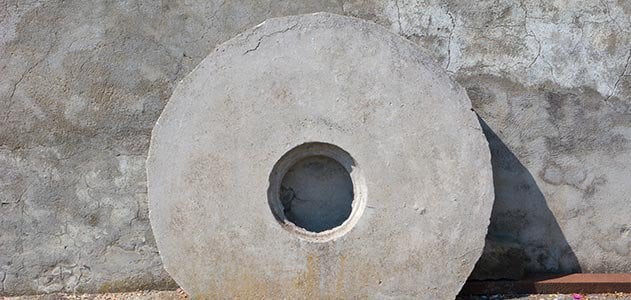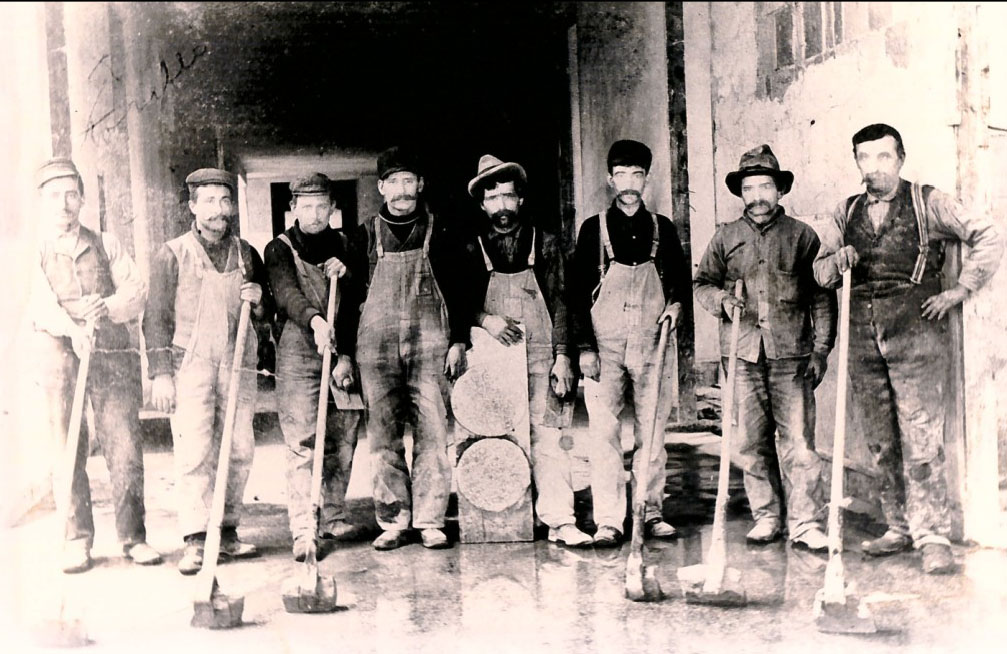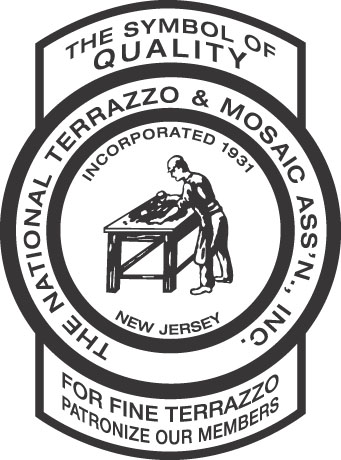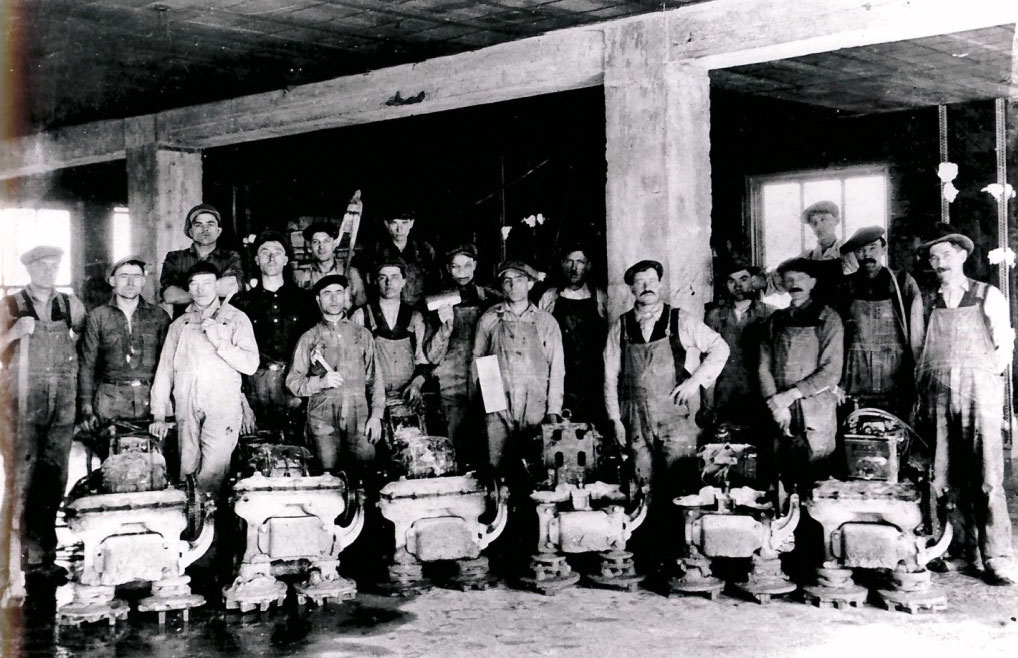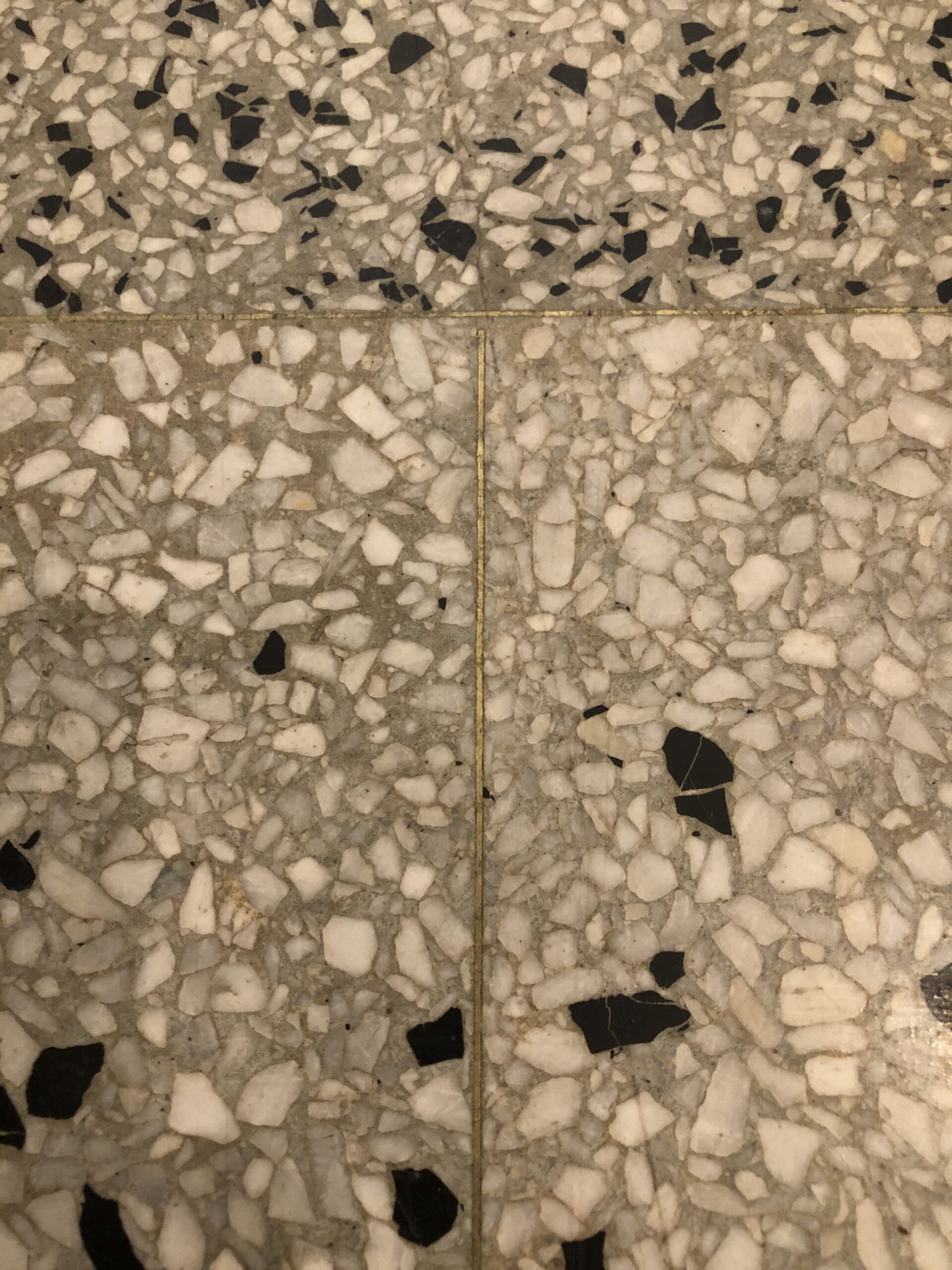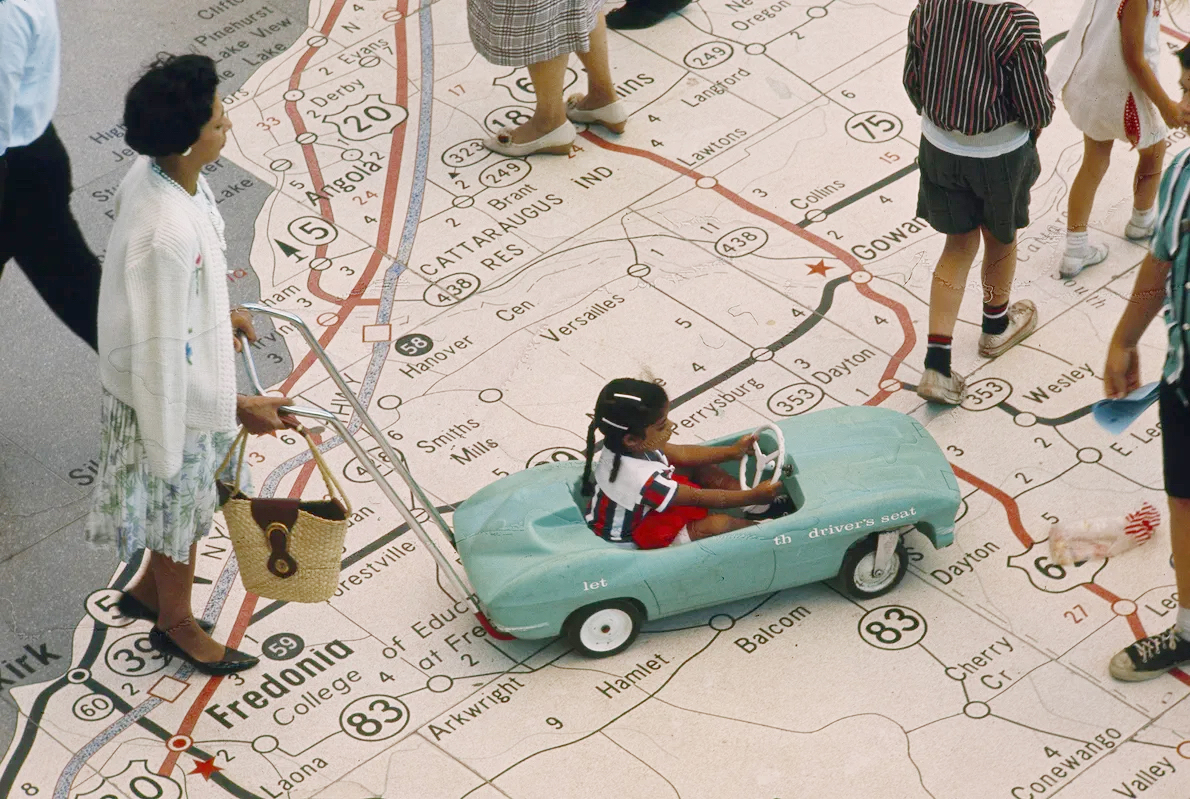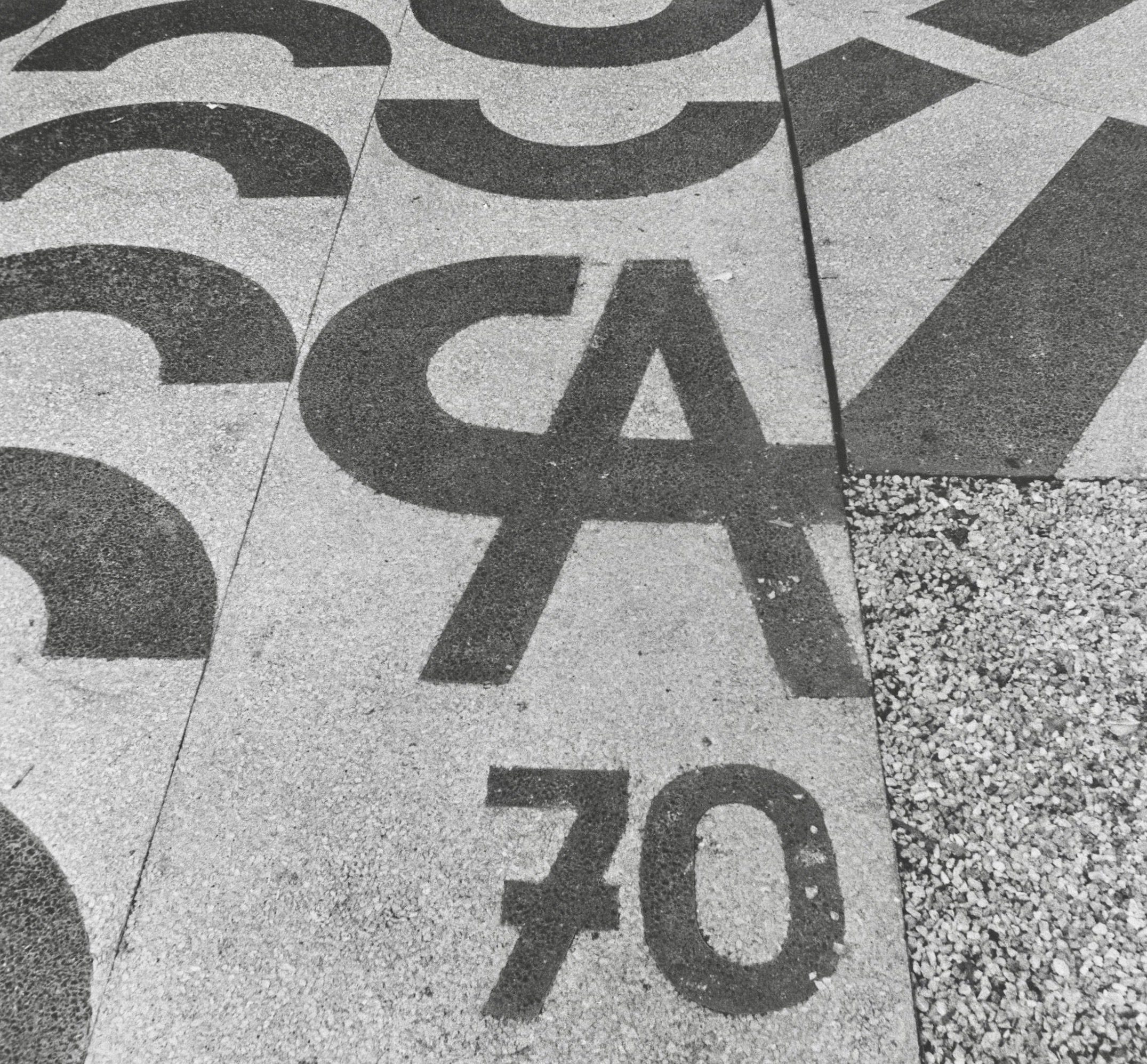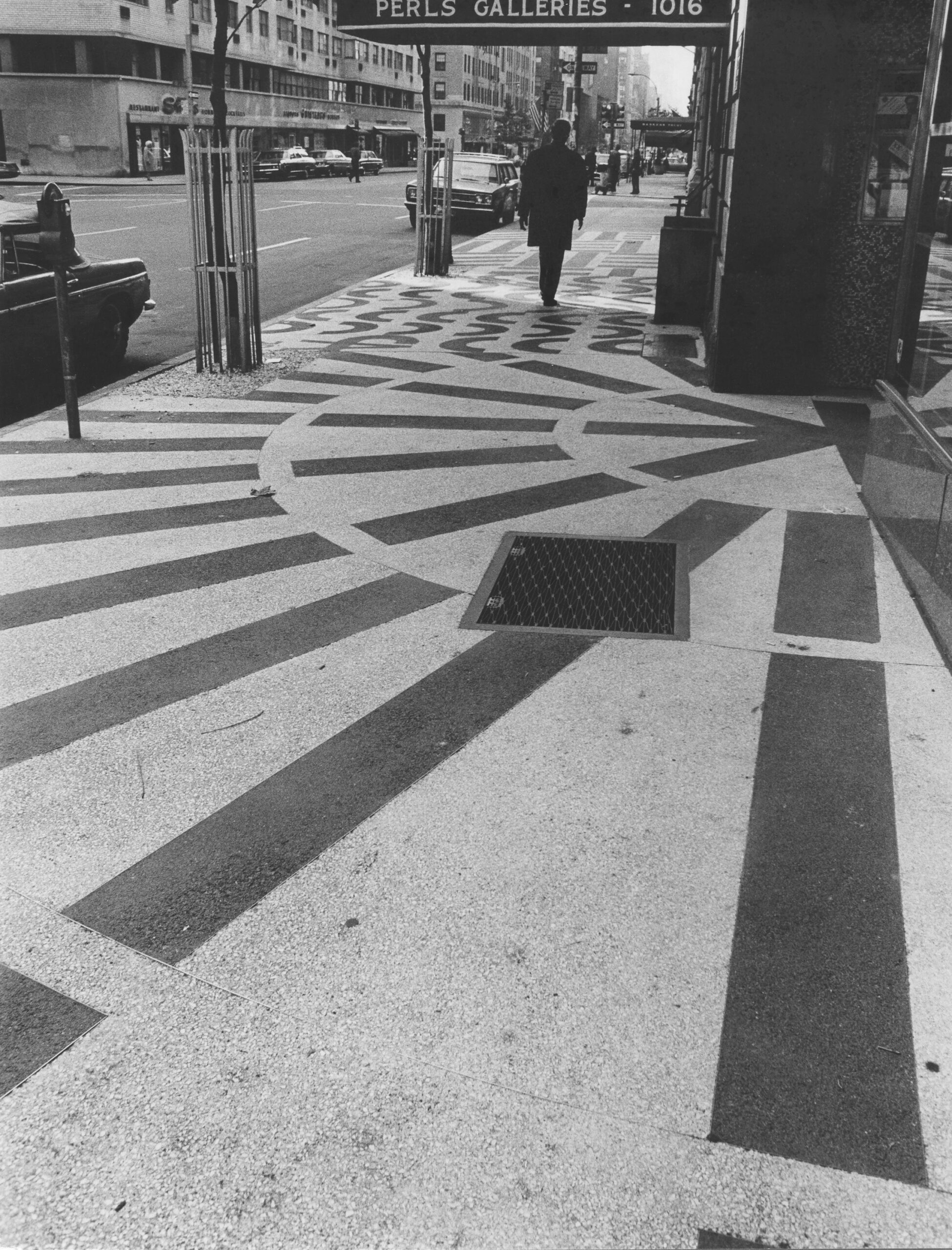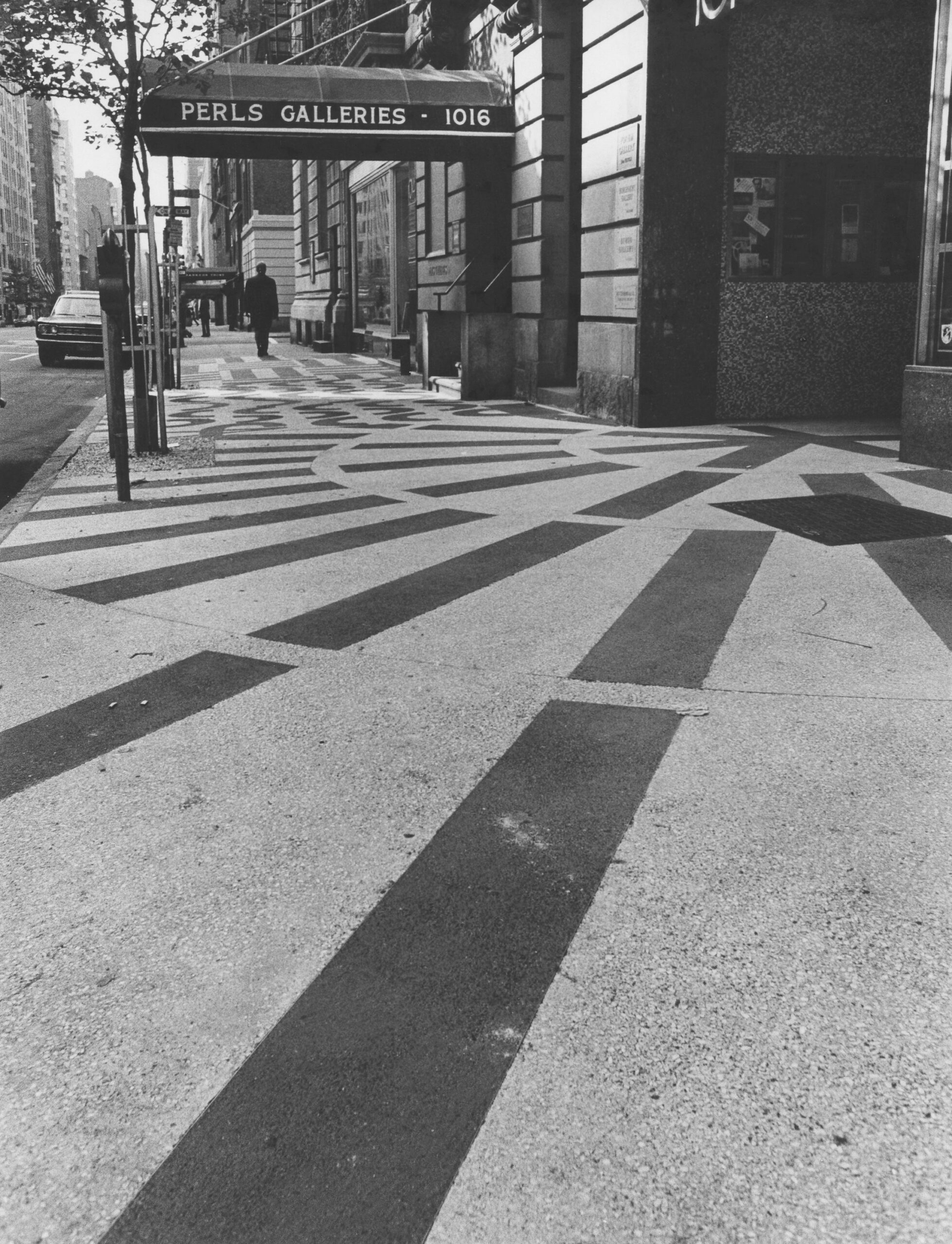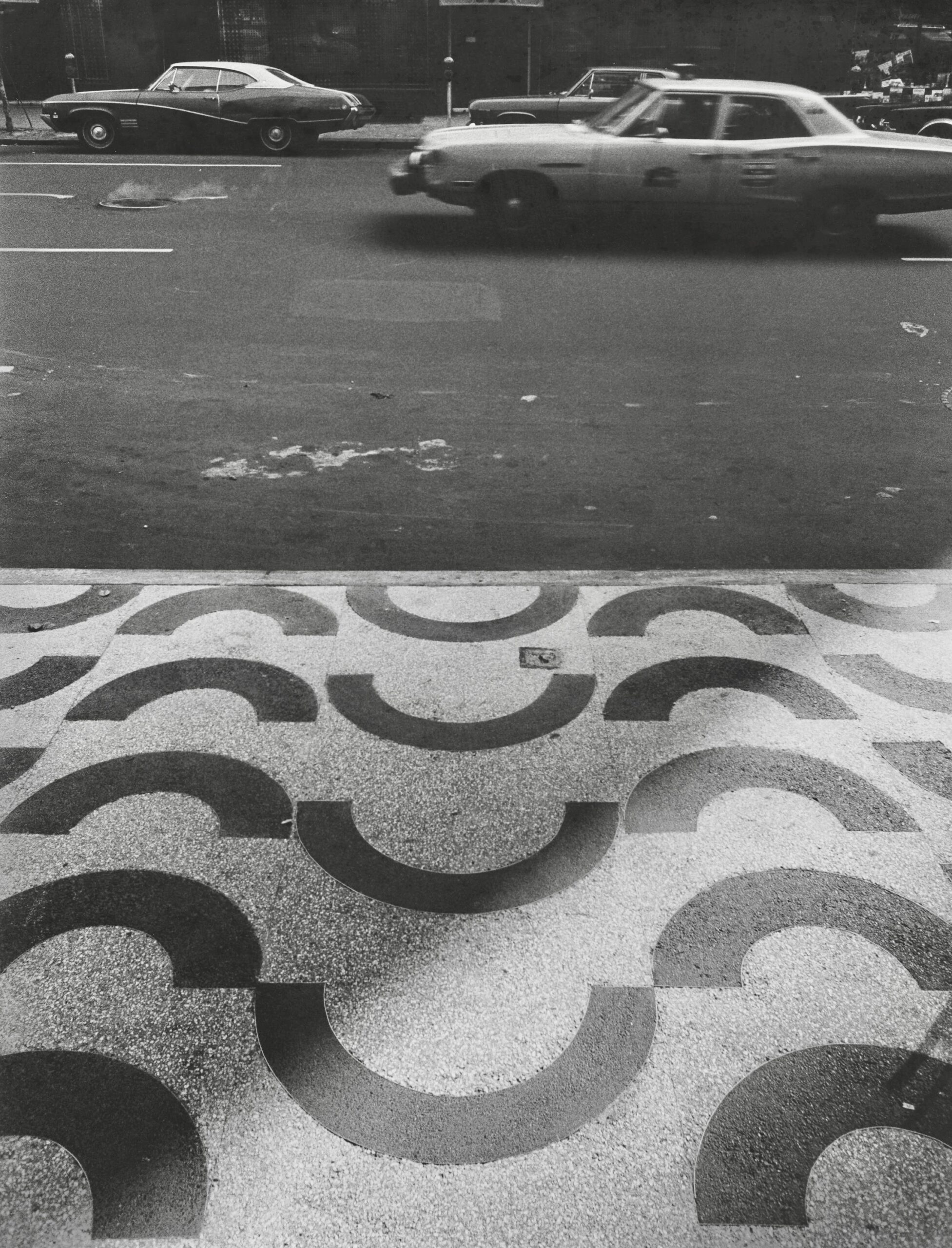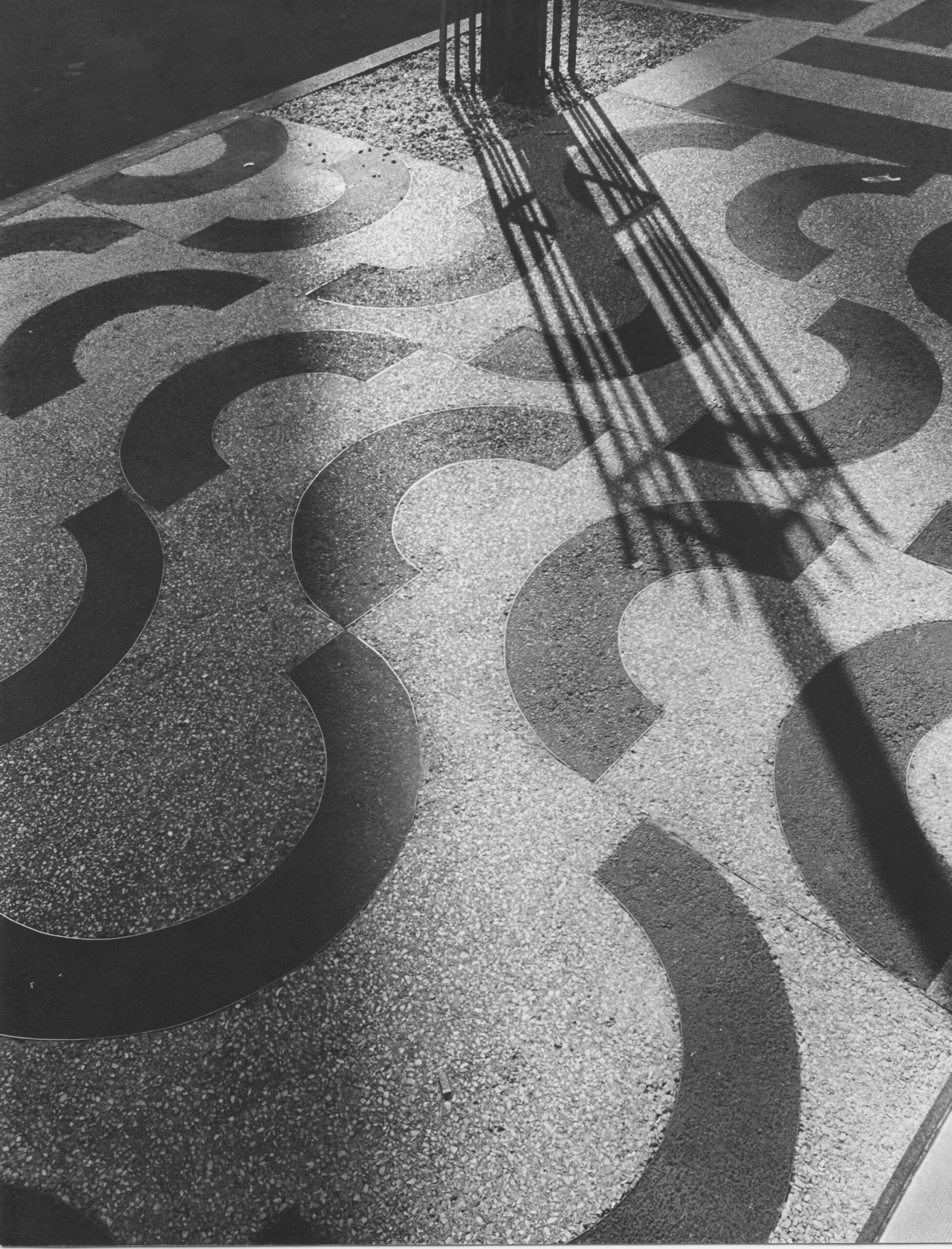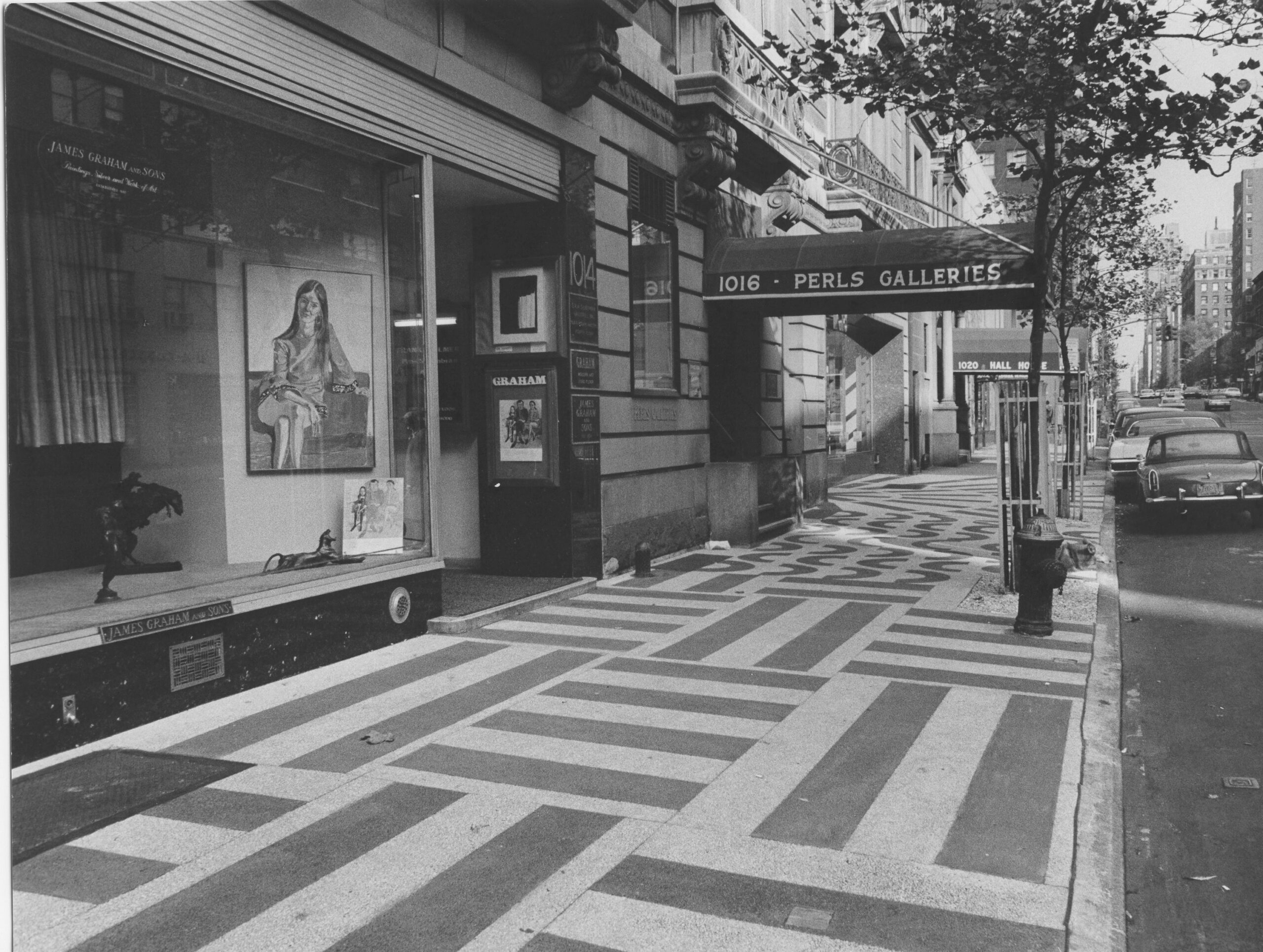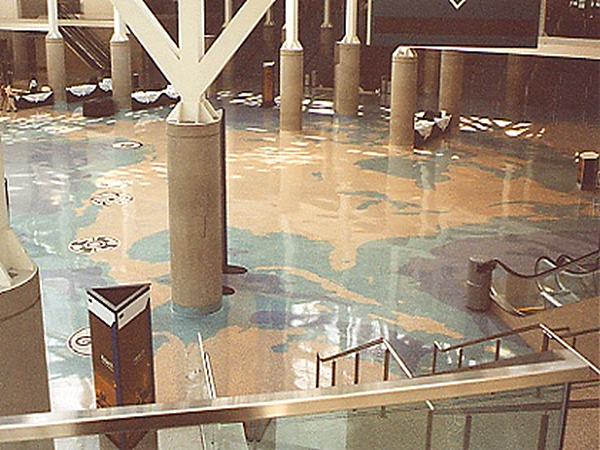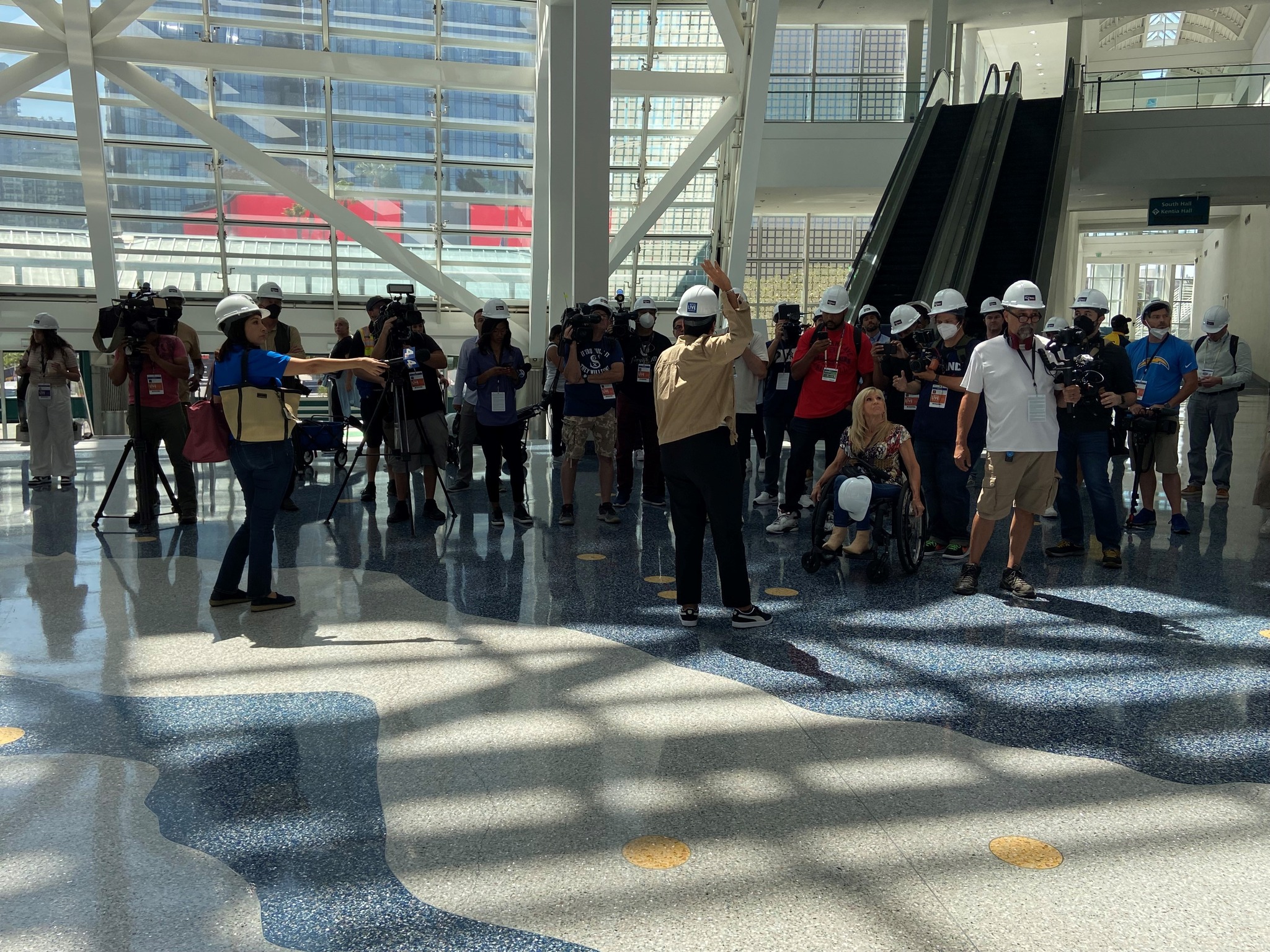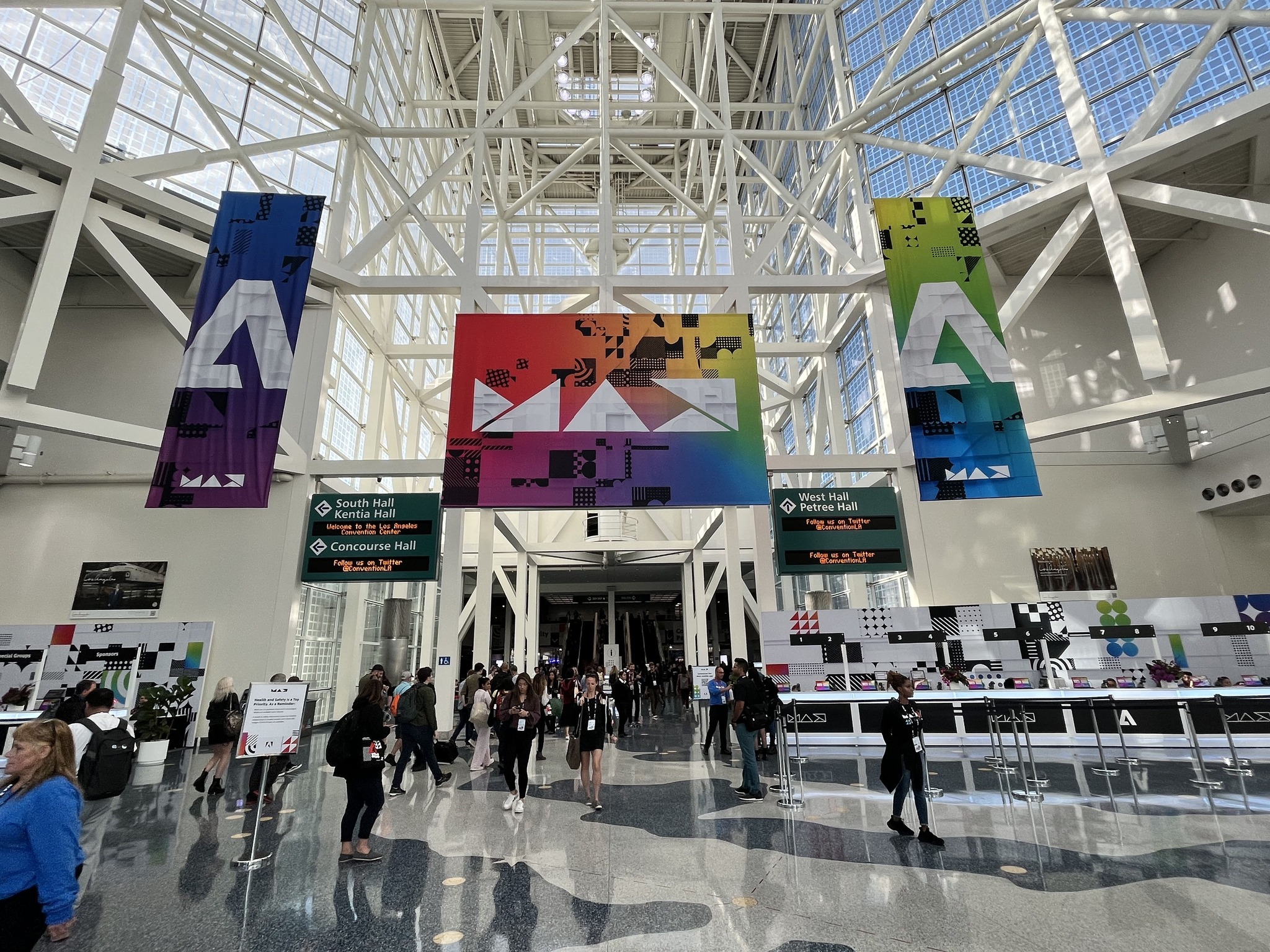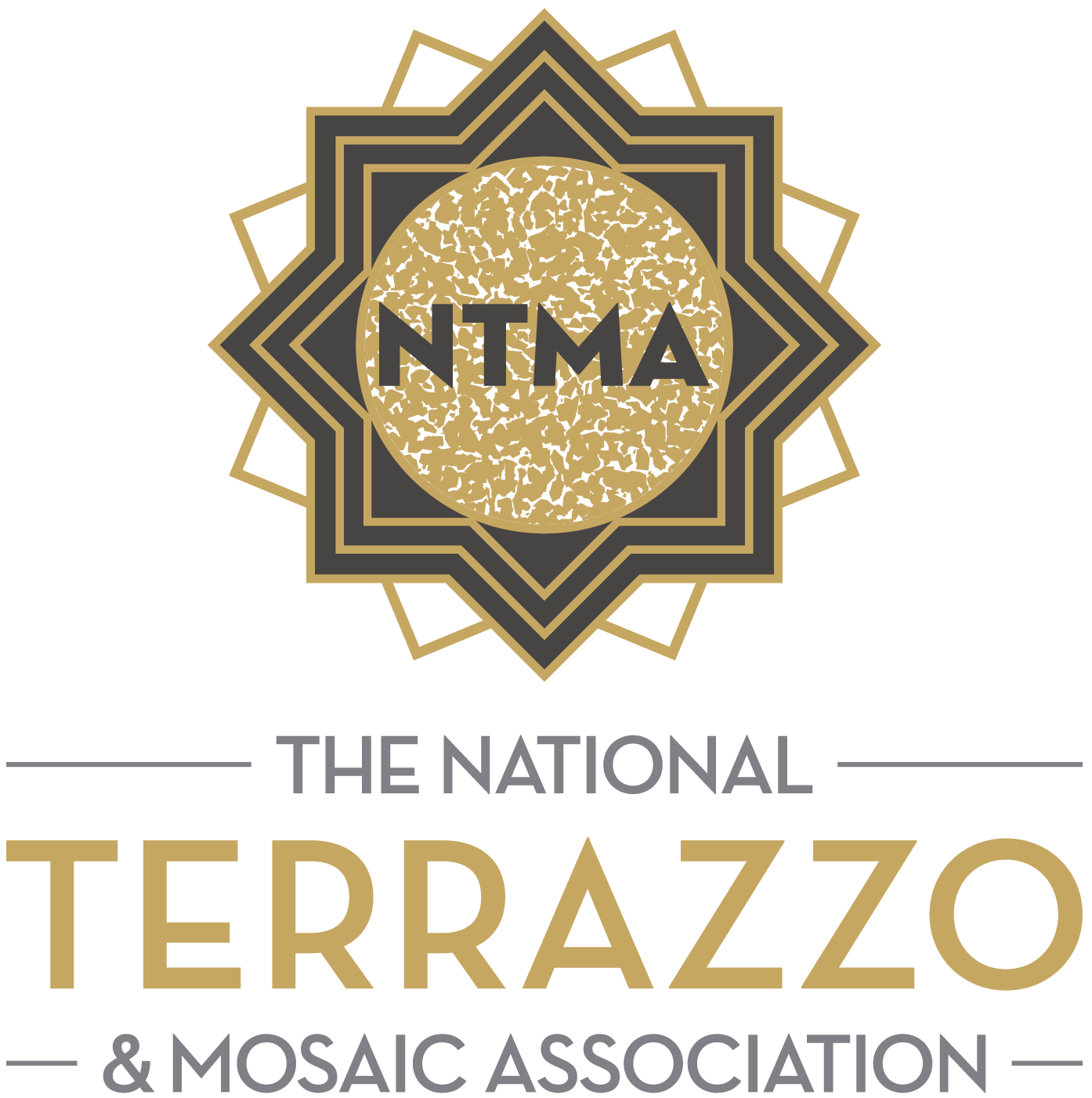Terrazzo has a rich history. Scroll the timeline below to see how terrazzo has evolved over the years.
BCE
10,000-8,000 BCE
Terrazzo is first used in the middle east (Turkey) making terrazzo a system that predates human recorded history by more than 3,000 years and the invention of the wheel by more than 4,000 years.
450 BCE-79 AD
Terrazzo is found at Pompeii and Herculaneum when the sites are unearthed in the 18th century.
Credit Herculaneum photo: By AlMare – Own work, CC BY-SA 2.5, https://commons.wikimedia.org/w/index.php?curid=3198856
1500’s
Friuli region in Italy-the beginning of the “modern” terrazzo era.
Terrazzo was created when resourceful Venetian mosaic workers discovered a way to reuse marble remnants; with off-size chips, they began to build terraces around their living quarters.
Techniques for leveling these surfaces progressed from rubbing with a stone by hand, to the development of a long-handled, weighted grinding stone, called a galera.
The first sealer for terrazzo was discovered when workers noticed that a coating of goat milk brought out the rich colors and sheen of the marble.
1583
The first Venetian terrazzo floorings dated back to the sixteenth century: they consisted of very simple archetypes and were executed by workers from Friuli. On February 9, 1583, the Venetian Council of Ten granted maestro (master) Sgualdo Sabadin (or Sabadini) from Provesano (Friuli) and his fellow Friulian workers of the arte dei terazzeri (art of terrazzo) the capacity to establish a school dedicated to St. Florian.
1800's
1879
The renowned New York-based Herter Brothers decoration firm, which was established by the German-born brothers Gustave and Christian, was the first in the United States to execute marble mosaic floors on a large scale, which were carried out by Friulian craftsmen who had previously worked in Paris. In 1879, Christian Herter began the most elaborate commission of his career, the William H. Vanderbilt residence in New York City on Fifth Avenue at Fifty-First Street.
1920's
1923
National Terrazzo and Mosaic Contractors Association formed in Chicago, Illinois by Gus Cassini of Rock Island, Illinois. The name changes to The National Terrazzo and Mosaic Association in 1929, when the group first allows supplier members.
1924
The invention of the electric grinder in 1924 brought about a finer finish, greater speed and accuracy and lowered costs.
1924
The invention of divider strips by L. Del Turco and Bros. in 1924 contained the cracking of terrazzo by allowing the material greater space to expand and shrink after installation. This invention made terrazzo a durable and reliable material in addition to allowing for further design work within the floor. (Wiki)
1960's
1961
Space Needle, Seattle Washington. Constructed for the 1962 World’s Fair, one of the first projects that uses epoxy terrazzo.
1964
Texaco Road Map, World’s Fair, Queens, NYC. Designed by renowned American architect Philip Johnson for the 1964/65 World’s Fair, Johnson commissioned the largest-known representation of any area of the earth’s surface: a 130-foot-by-166-foot terrazzo replica of a Texaco New York State road map. A fusion of Pop Art imagery and traditional craft techniques, the Texaco Road Map was a crucial component of Johnson’s Pavilion and is considered – alongside graphic paintings by Roy Lichtenstein on the Theaterama’s exterior–one of the first public Pop Art monuments. (queensmuseum.org)
1965
McCormick Place, Chicago, IL. The first large-scale installation of an epoxy terrazzo floor.
1970's
1970
Alexander Calder’s black-and-white terrazzo sidewalk is installed in New York City; it is believed this is Calder’s only piece in terrazzo.
1990's
1993
LA Convention Center, Los Angeles, CA. The first large-scale installation that uses an epoxy membrane.
